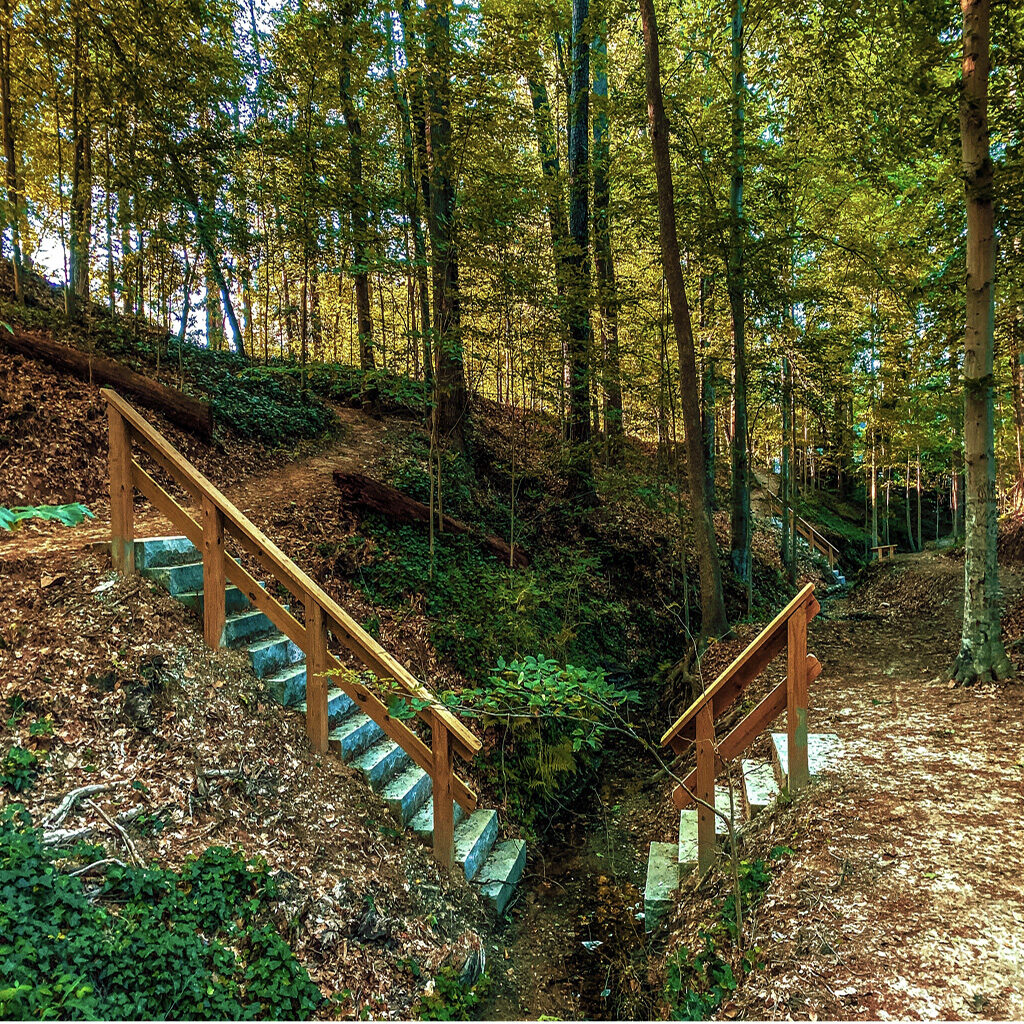
For some, hiking can seem intimidating at first glance if you’re a beginner. But it doesn’t have to be. Hiking is a very simple concept– exploring nature on foot. Now as simple as it sounds, there are varying levels of trails that are steep with high elevation and altitudes but for this post, we’re going to just focus on the basics of hiking solo through facile trails.
There’s a beautiful freedom in hiking alone. Navigating the woods, breathing in the environment, watching the streams fall seamlessly. I love it. I also love hiking with others but sometimes a girl just has to go at it alone (or she couldn’t get anyone to come along so she has no choice lol). Either way, hiking in general is peaceful and if you’ve ever done it with others, maybe it’s time for you to try it solo, or just try it in general. My family and close friends will probably be weary about this post but I thought I would share because it’s a reality for me.
I’m outside by myself often.
I’ve never felt unsafe, I’ve never been attacked, I’ve never been placed in a compromising situation while hiking. But I’m also not naive to consider that these things don’t ever happen.
I am very vigilant about my surroundings. And I want to share with you the basics of hiking and how to be safe while hiking alone.

Know your fitness level
First things first, if you are a beginner you will need to establish your level of fitness before you choose a trail. Beginner level trails are less steep and usually have a consistent flat pace, while longer strenuous trails require more stamina and training. As I mentioned earlier, hiking solo is a beautiful freedom but it can become an ugly seemingly never-ending outdoor prison if you’re not physically equipped. But not to worry, there are trails for all hiking levels, no experience required!
Identify a trail
Trails can vary from state to state and can often cross state lines. You can find a 30 min, hour, half day or full day trail to explore (we’ll talk about overnight/ backpacking in a later post). Whatever you decide, planning is the next important step.
To help identify the right starter trail, you can use the All Trails app or search the internet for “trails near you”. You will see rankings and reviews of most trails categorized as easy, moderate or hard including the distance (in mileage), elevation (in feet) and an estimated time of completion (in mins/hours). Beginner trails will be labeled as easy and will typically have a shorter distance and little elevation gain. These types of trails are great for walking, jogging or running, it all depends on your level of fitness and what you are comfortable with. It’s important to look up this information beforehand, research the surroundings/location, view the trail map and schedule appropriately.
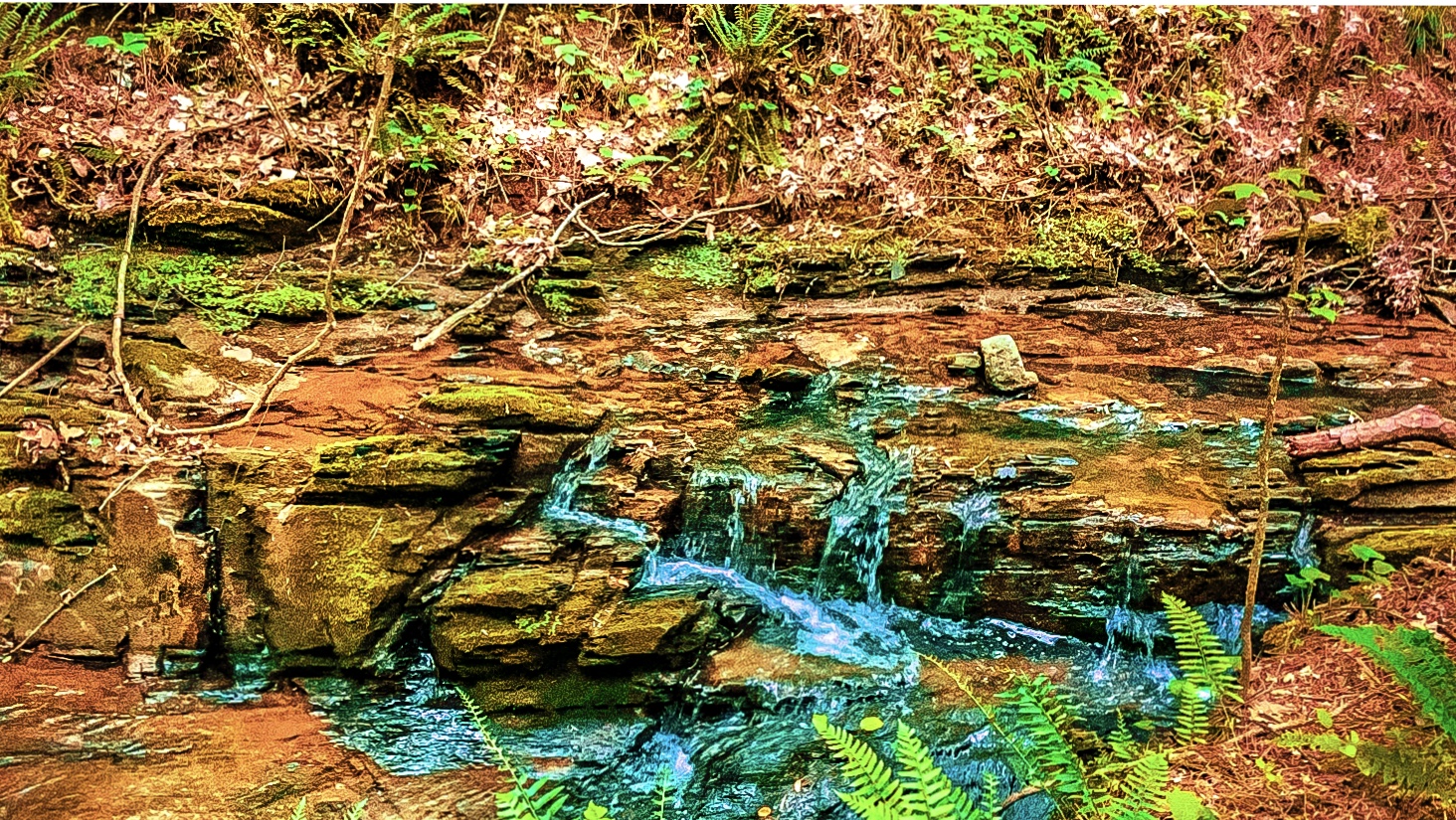
Plan your hike
Once you’ve assessed your fitness level and picked a trail you might be comfortable with, it’s time to gear up with the right supplies.
Weather: Acquiring the right gear is critical, especially depending on weather conditions. This helps to prepare you for the environment and prevents potential injuries. What season is it? Will it be hot, humid, cold, snowing,etc.? Before heading on the trail, be sure to check weather reports from several sources leading up to the day and even hour of your hike.
Backpack: For a beginners trail, a small backpack or fanny pack will suffice. I personally use a light load 20 liter backpack with light straps, multi-pocketed features and a hydration reservoir (hydration reservoir is just a fancy way of saying a built-in water bottle). You can fit snacks in your backpack in case you get hungry or need a little fuel to keep you going. You can also store allergy medicine, bug repellant, sunscreen or eye drops (if you’re like me and nature dries out the moisture in your eyes).
Clothing: Starting out whatever athletic wear or old clothing you may have is fine, just get out there. Other hiking attire can include t-shirt, hat, nylon or polyester pants/shorts. You should also aim for quick-drying, moisture-wicking fabrics like wool or polyester. I’d stay away from cotton, as it can take longer to dry.
For colder weather, you may need an insulated vest, fleece pullover, warm hat, gloves, thick socks. I personally like a few thin layers under a hoodie or jacket, you can always peel off if it starts to get warm.
Rainwear: Insulated rain jacket, ankle covering boots, (hiking stick if you’re climbing higher altitudes, slippage is real).
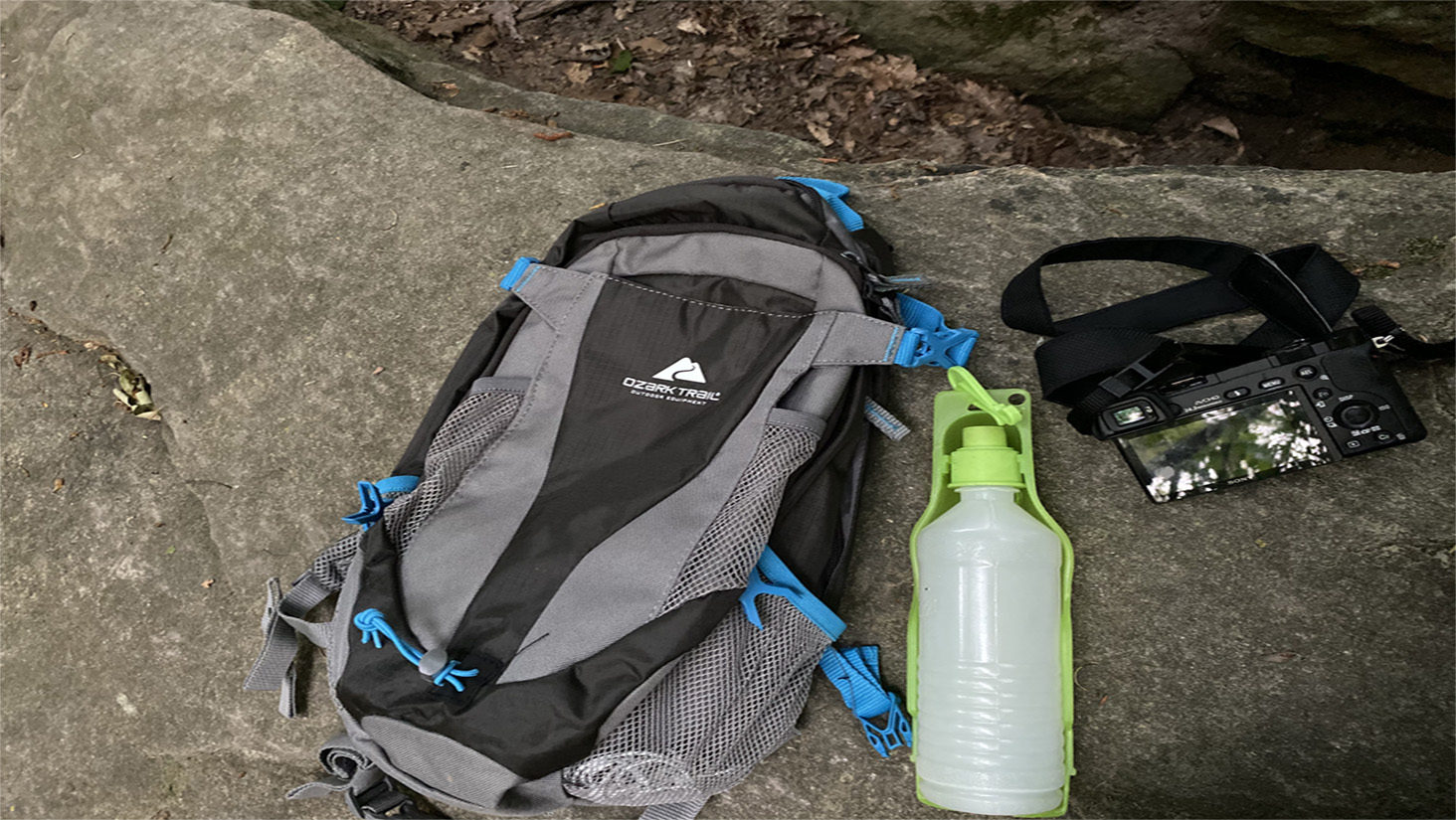
Shoes: Footwear is probably the most important part of your gear. There are two main options to consider: trail-running shoes or hiking boots.
I personally have both and can vouch for each. Ultimately, you’ll need to decide which sounds like the best fit for you. Think of trail-running shoes as your basic athletic running shoe with a more sturdy bottom, grippy rubber soles and additional grooves for traction and durability.
Hiking boots are a bit heavier, with multiple layers of material for protection, stiffness, and heel-toe flexibility. Hiking boots are perfect for steep uphill and downhill paths and adds protection to your ankles and toes during rougher terrains.
As a beginner, I would recommend trail-running shoes because they are lighter and if you’re going on an easier trail, hiking boots may not be as critical. Whatever you decide, consider foot support, material quality and fit.
Trail/site map: A trail map depicts the layout of the land, it provides direction, markers and coordinates of the entire trail. Be sure to read the trail map, become familiar with landmarks, do your research beforehand, take a picture of the trail map and other memorable items nearby so your senses are reminded.

Navigating the trail safely
Ok, you’ve done your research, got your bagged pack, sporting the right attire and now it’s time for you to hit the trail.
1. Drop your location before you start. Tell someone what trail you’re going to and approximately how long you will be there.
2. View the sitemap before you start the trail. It’s important to identify your starting point as most trails may have various entry/exit points.
3. Identify your destination and path. After you’ve identified your starting point, select your endpoint and the path you want to follow. Take a photo of the sitemap for later reference.
4. As you’re trekking, pay attention to the tree markers. Think of tree markers like breadcrumbs you leave behind to remember where you came from. These are usually solid color paint or flags marked on trees to indicate direction. These markers will be your best friend to help you stay on the right path. You might see a lot of other paths that look intriguing but always follow your original course!
5. Hiking etiquette: Hikers going uphill always have the right-of-way if you’re in close proximity with others.
6. Leave no trace! Please please do not liter or disrupt the paths in any ways. Nature preservation is so vital to keep trails open and the ecosystem flourishing.
7. People watch: Look everyone in their eyes when you’re passing. I always give a quick greeting (even if people don’t acknowledge me, rude) so I have a mental picture in case I ever need to reference it.
8. If you have a dog in good health, bring them, even if they’re tiny 🙂 This can create a sense of security and alertness that only our canine friends can observe.
9. Find a trekking pole (hiking stick): It’s great support for relieving muscle tension on the shoulder, knee joints and legs. It’s also an effective short term weapon in case something happens (you can do a quick bop bop and run).

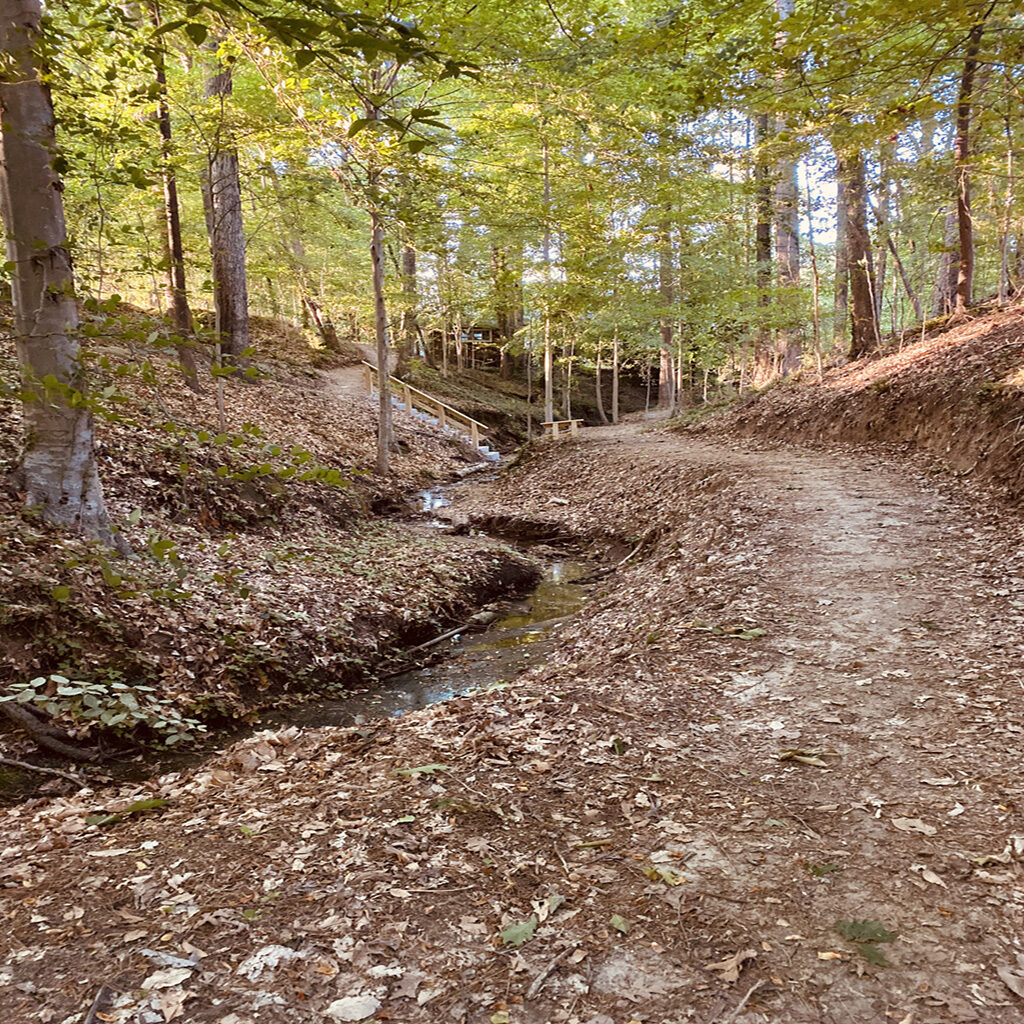
Absolutely no music (speakers included)
That’s just a perfect introduction to a horror movie. Young woman jams to Beyonce’, feeling carefree and liberated in the woods by herself and doesn’t hear the [insert scary thing] behind her and bam…11o’clock news.
I’m joking, sort of.
But please never drown out your surroundings. Listen to the sweet and peaceful sounds of birds chirping, squirrels rattling within the trees, streams flowing, the wind blowing, that’s the real sound you want to marvel on. Plus, you need to be fully aware of what’s in your space and what’s coming ahead.
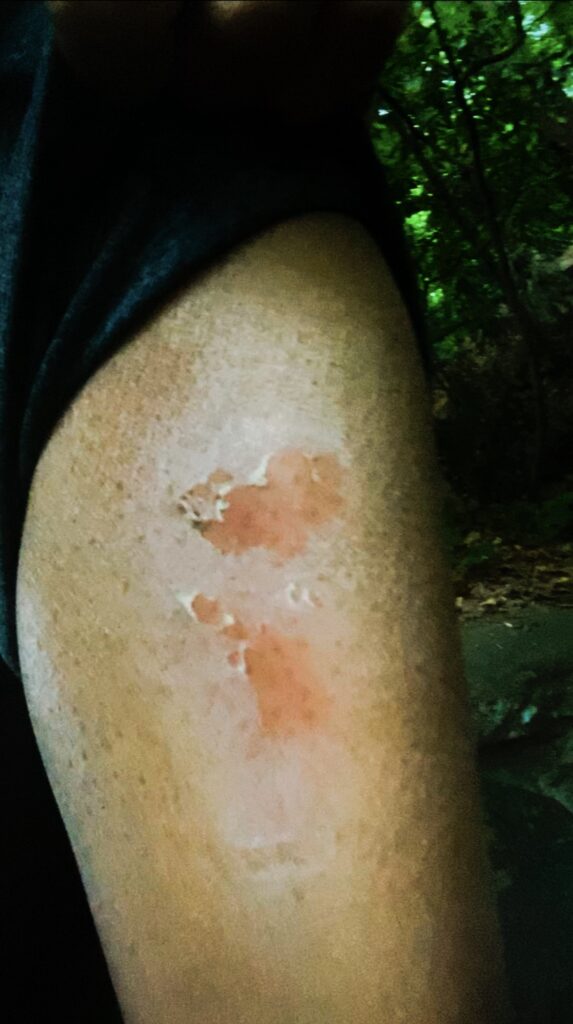
Rookie Season
Learn from my mistakes…
Don’t forget your phone. Sounds obvious right? But for me, I had a bad habit of leaving my phone. I rolled my ankle on a few trails and started to understand that I definitely needed to tell people where I am or going. And of course for other safety reasons.
No fragrant lotions,body butters or sprays.
Don’t overpack, less is more. More energy, more room to move, more space.
Please don’t pass out on me. Eat a healthy nutritiously fulfilling meal beforehand and hydrate, hydrate, hydrate.
Pace your water consumption. Don’t guzzle your water within the first 15 mins of your hike. Just trust me on this one, ok?
Know your speed.
Know the local wildlife. There are usually informational posts with descriptions of local animals and their habitats. Since you’re stepping into their territory, it’s good to get acquainted with their land.
Use the restroom before you leave your house. Yeah …i’ll just leave this here.
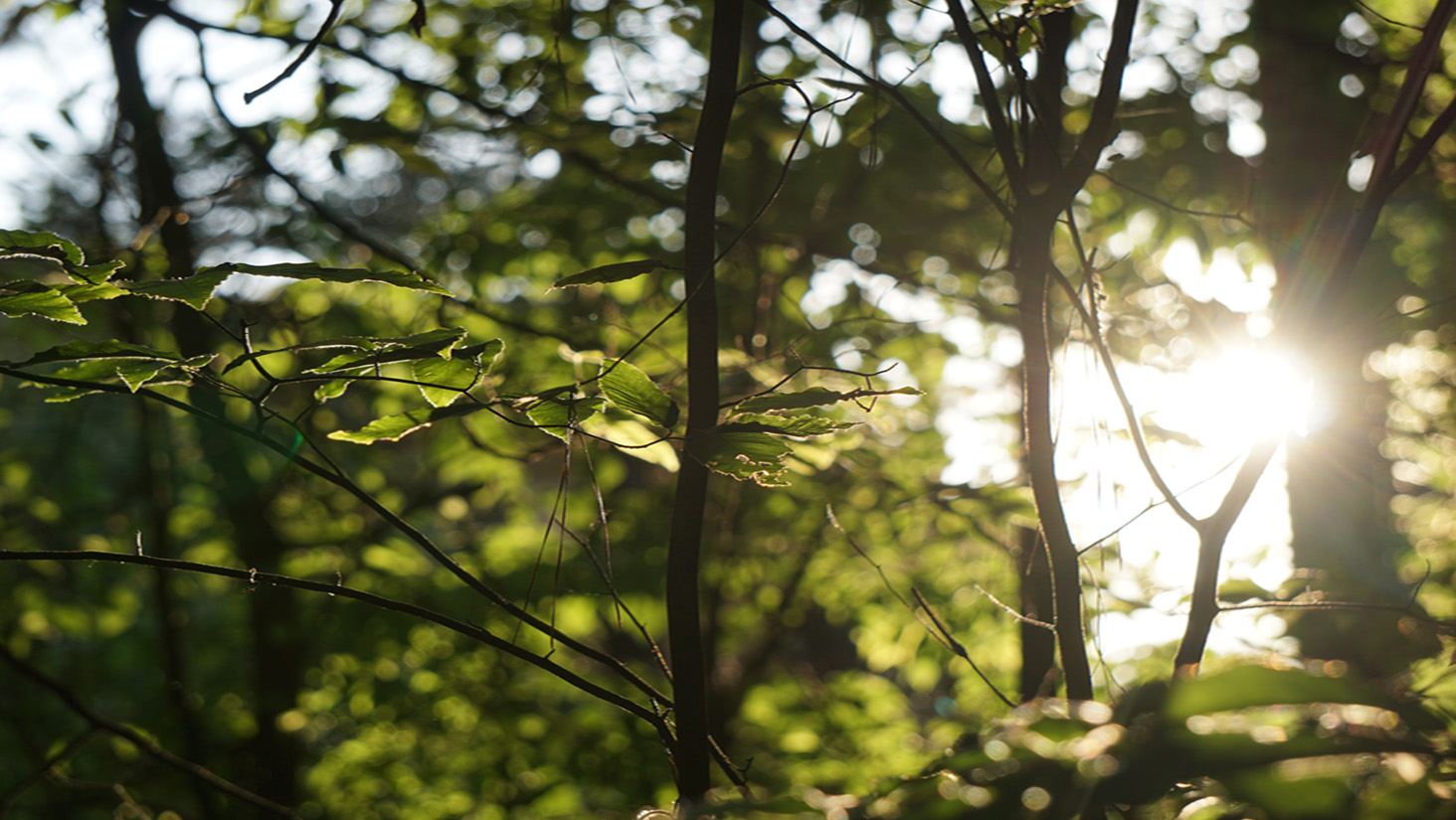
Pray before during and after
When I’m on a trail I’m constantly talking to God, asking for protection and wisdom. As a believer in Jesus Christ I give my fear to the Lord, responsibly. Let me be clear, I’m not taking unnecessary risks nor am I putting myself into potentially dangerous or uneasy situations, in the name of the Lord (i.e. “God’s got me”). I am always praying for a discerning spirit and I believe wholeheartedly this is the main reason I have never encountered danger while hiking solo.
Some people think hiking is about aimlessly wandering the woods, and for some it may be – that sense of wonder and discovery, but for most there’s a clear goal to be conquered, whether personally, physically or spiritually.
Get going
That was kind of a lot to take in, I know. But I promise you, it’s simpler than it sounds and it’s so worth it! I can’t wait to hear about your hike and the wonderful things you’ve discovered about nature and yourself. I wrote a post about outside mindfulness, check it out and use some of those tips while you’re out trekking.
Happy trails,
Carrie
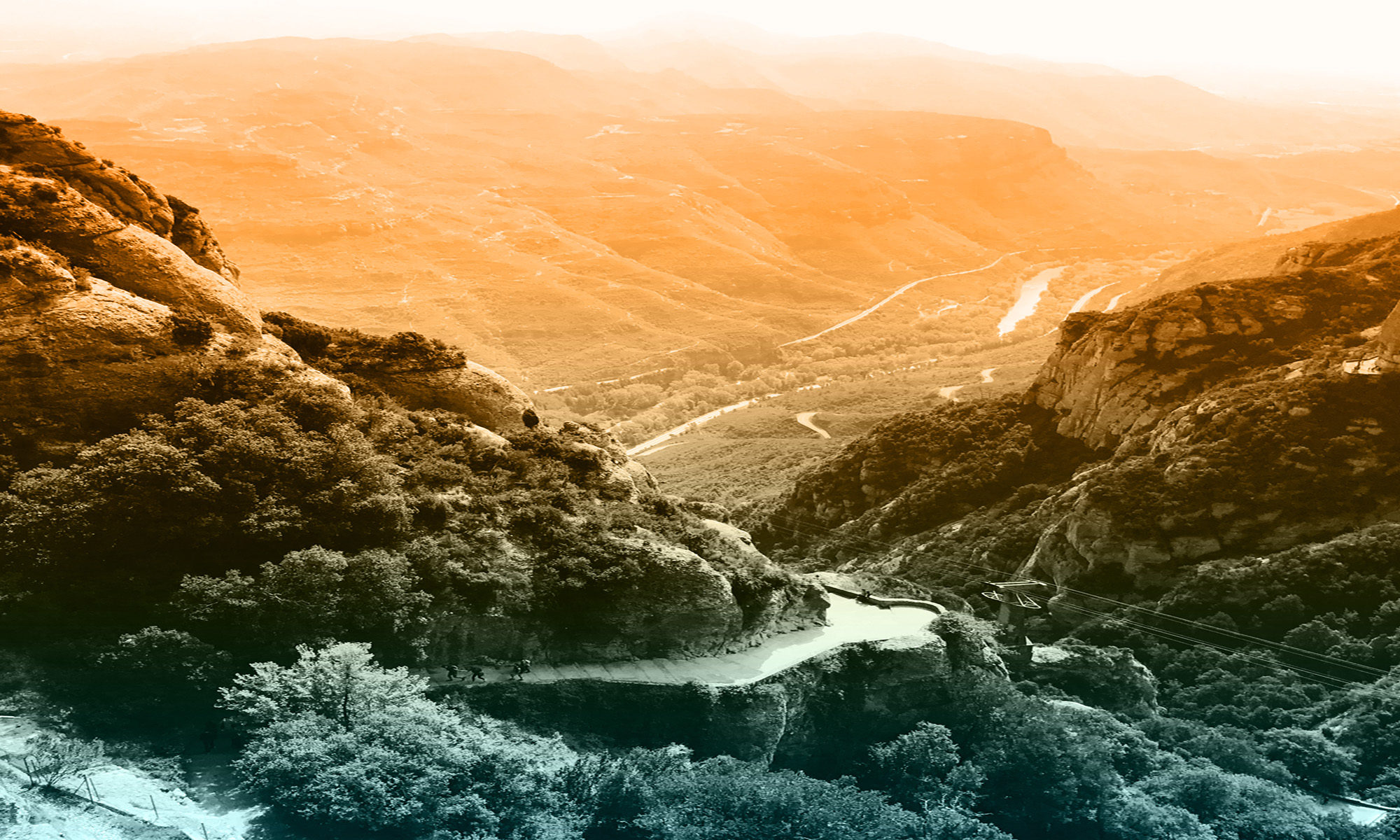

Wow I loved this. Definitely made me want to get out more .
Can’t wait to hear about your outdoor adventures next!
Great read !!
Awesome! Glad you enjoyed it!